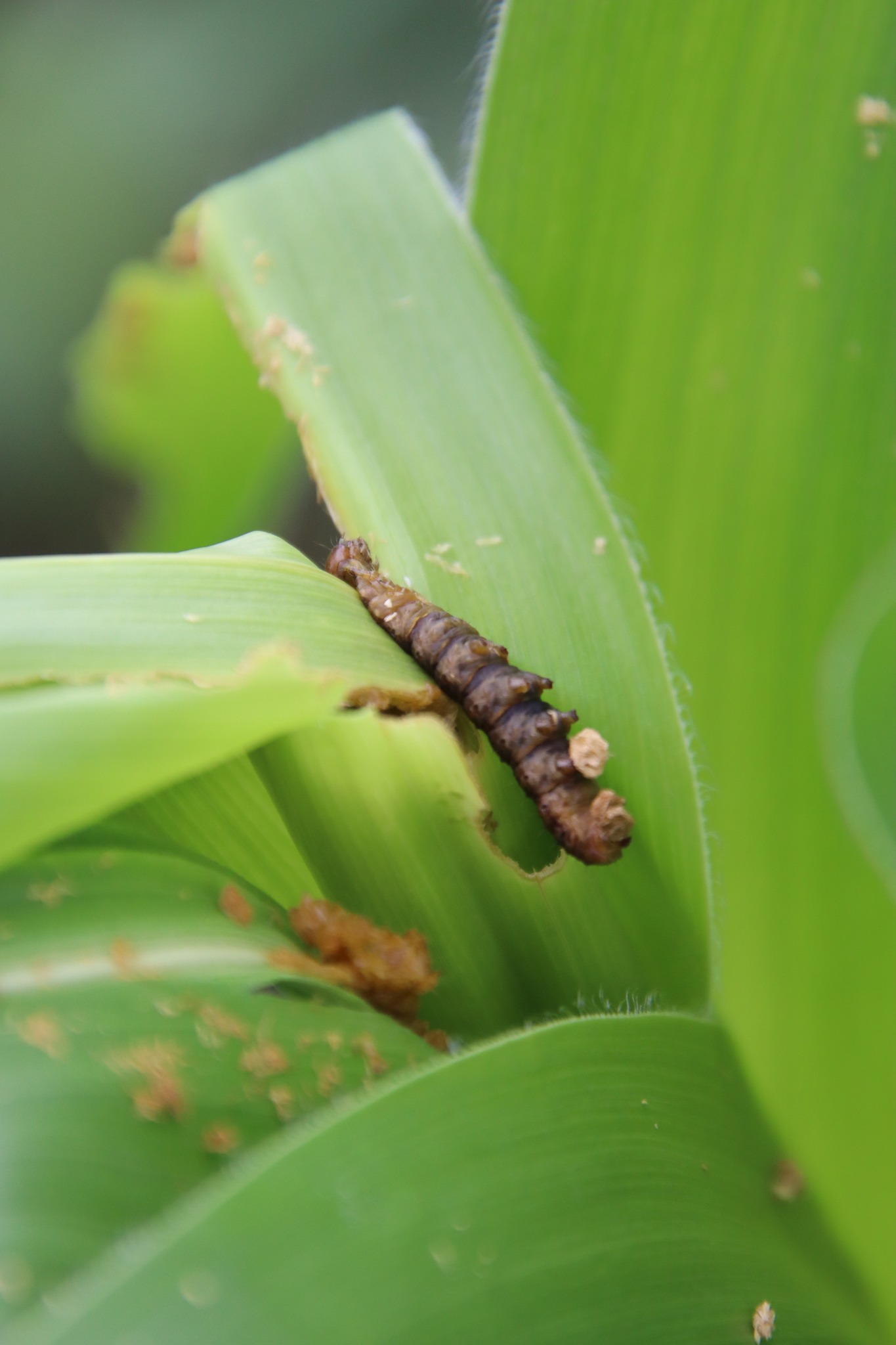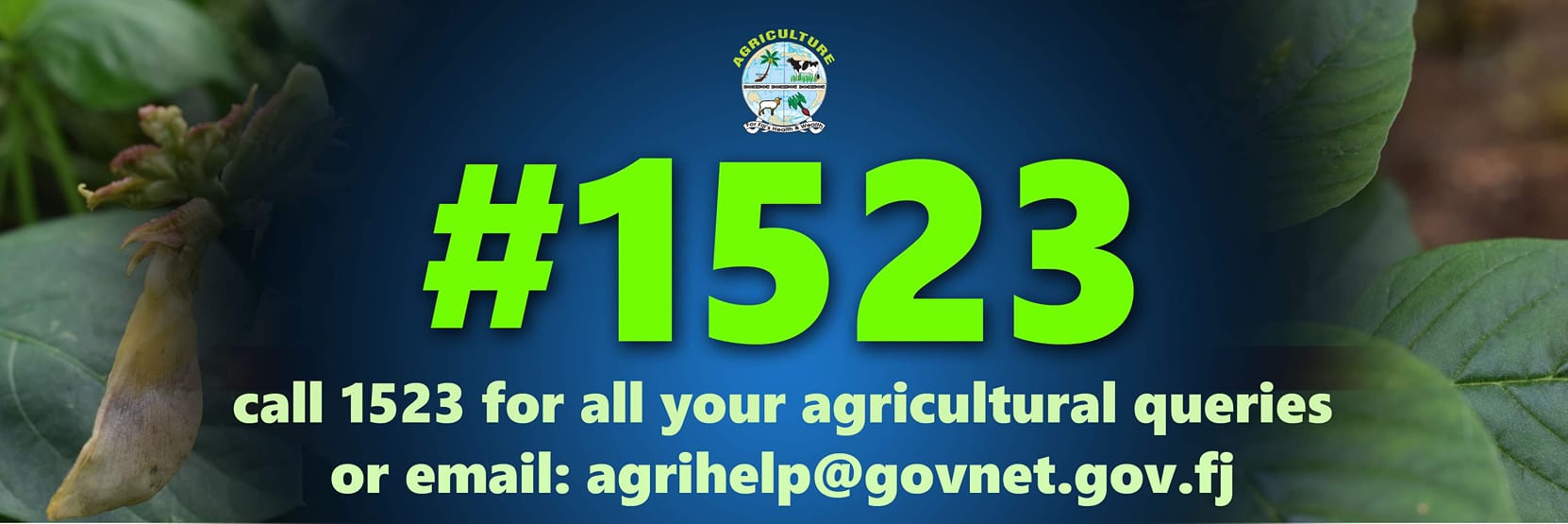CONCERTED EFFORTS TO SUPPRESS AND ERADICATE FALL ARMYWORM
May 13, 2025

Following the initial detection of Fall Armyworm (FAW) in Uciwai, Nadi on 23rd April, an emergency response was immediately activated by the Biosecurity Authority of Fiji (BAF) in collaboration with the Ministry of Agriculture and Waterways and the Sugar Research Institute of Fiji.
An incident Management team convened on 25th April to brief senior officials from both BAF and the ministry on the situation and to coordinate a response strategy.
At the completion of the second week of operations, 17 teams were deployed nationwide to undertake the delimiting survey targeting the host crop such as maize, rice, brassica crops and sugarcane.
1437 site inspections were carried out across Fiji and through the survey, all infestations have been recorded only on the maize plantation.
According to Chief Plant Protection Officer for BAF, Nitesh Dutt, the current FAW incursion in Fiji is localized to the Nadi District.
“The FAW Emergency Management team decided to restrategise and focus only on the Nadi District as a current incursion area, while for the other districts, the delimiting work, deployment of traps and inspection of traps will be managed by the locality staff in which they will be required to provide weekly updates,” explained Mr. Dutt.
“All fields that have been recorded for FAW infestation have been treated with insecticides and treatments have been repeated two to three times. The insecticides namely Malathion, Bifenthrin, Spinosad and Methate are sprayed on a rotational basis to avoid any build-up of resistance,” added Mr. Dutt.
“This invasive pest poses a significant threat to agriculture, particularly affecting crops like maize at this particular point in time.”
The Fall Armyworm is a highly destructive pest and it feeds on over 80 plant species, including staple crops such as maize. The larvae cause damage by chewing on leaves and stems, leading to reduced yields and, in severe cases, crop failure. Adult moths can travel long distances, facilitating the spread of the pest across regions.
The ministry’s Director of Research, Dr. Shalendra Prasad is advising farmers, especially those cultivating maize, to monitor crops for signs of Fall Armyworm infestation.
“Early detection and prompt action can help mitigate damage. The public can assist by reporting any suspected sightings to local authorities and adhering to biosecurity guidelines. Continued collaboration between government agencies, agricultural experts, and the community will be essential in managing and eventually eradicating the Fall Armyworm threat in Fiji,” stressed Dr. Prasad.
“Our teams have also been carrying out extensive awareness in farming communities across the Nadi District and urging farmers to remain vigilant in inspecting their crops,” added Dr. Prasad.
Fall Armyworm is present in the region in countries like Australia, New Zealand, Vanuatu, Papua New Guinea, Solomon Islands and Tonga and now in Fiji.
Fall armyworm has four life stages: eggs, larvae (caterpillars), pupa and adult (moth). However identifying fall armyworm from the eggs, pupa and moths is very difficult. Fall armyworm larvae have key identification features, including four large spots in a square arrangement on the second last segment.
ENDS
